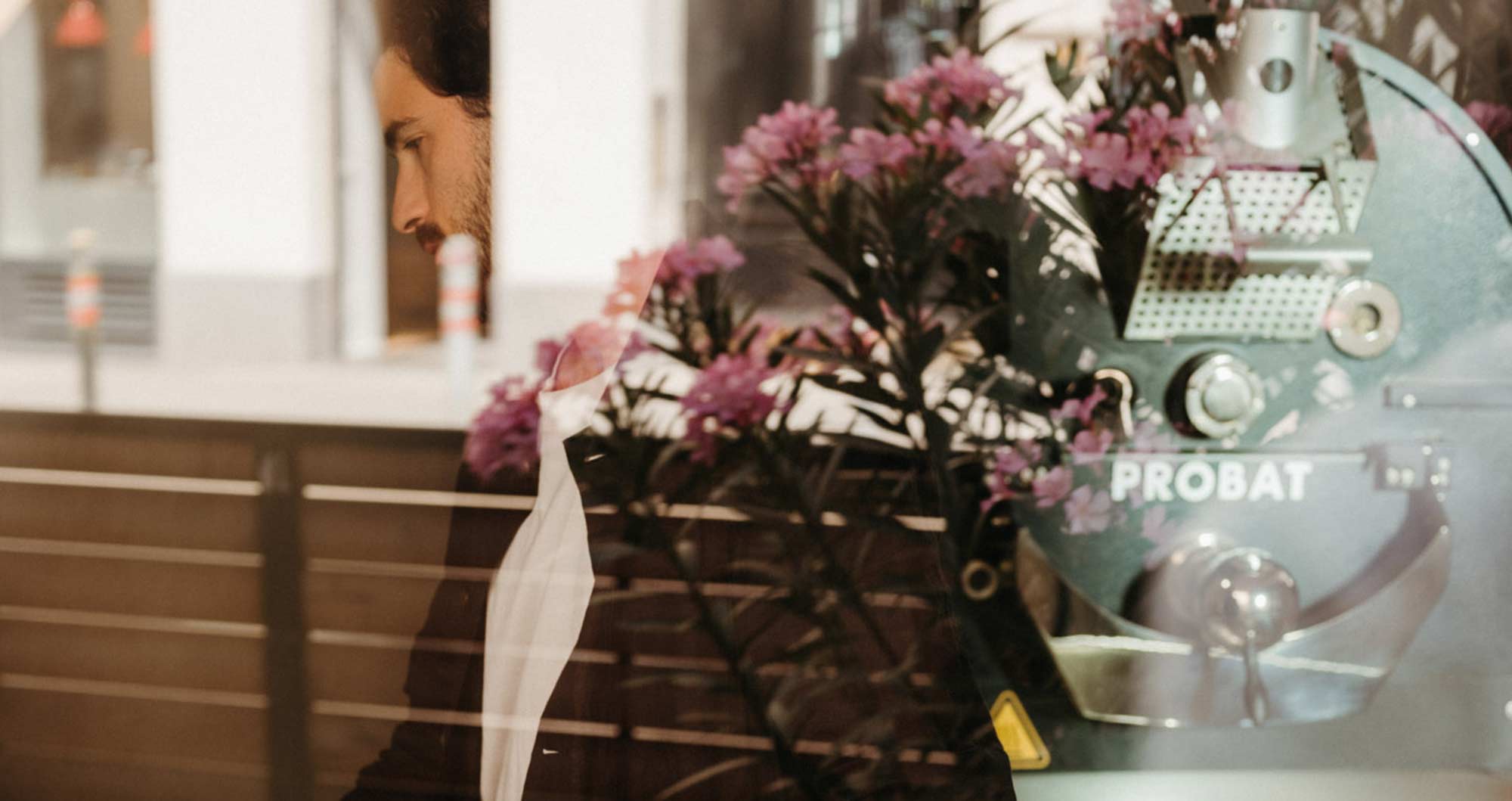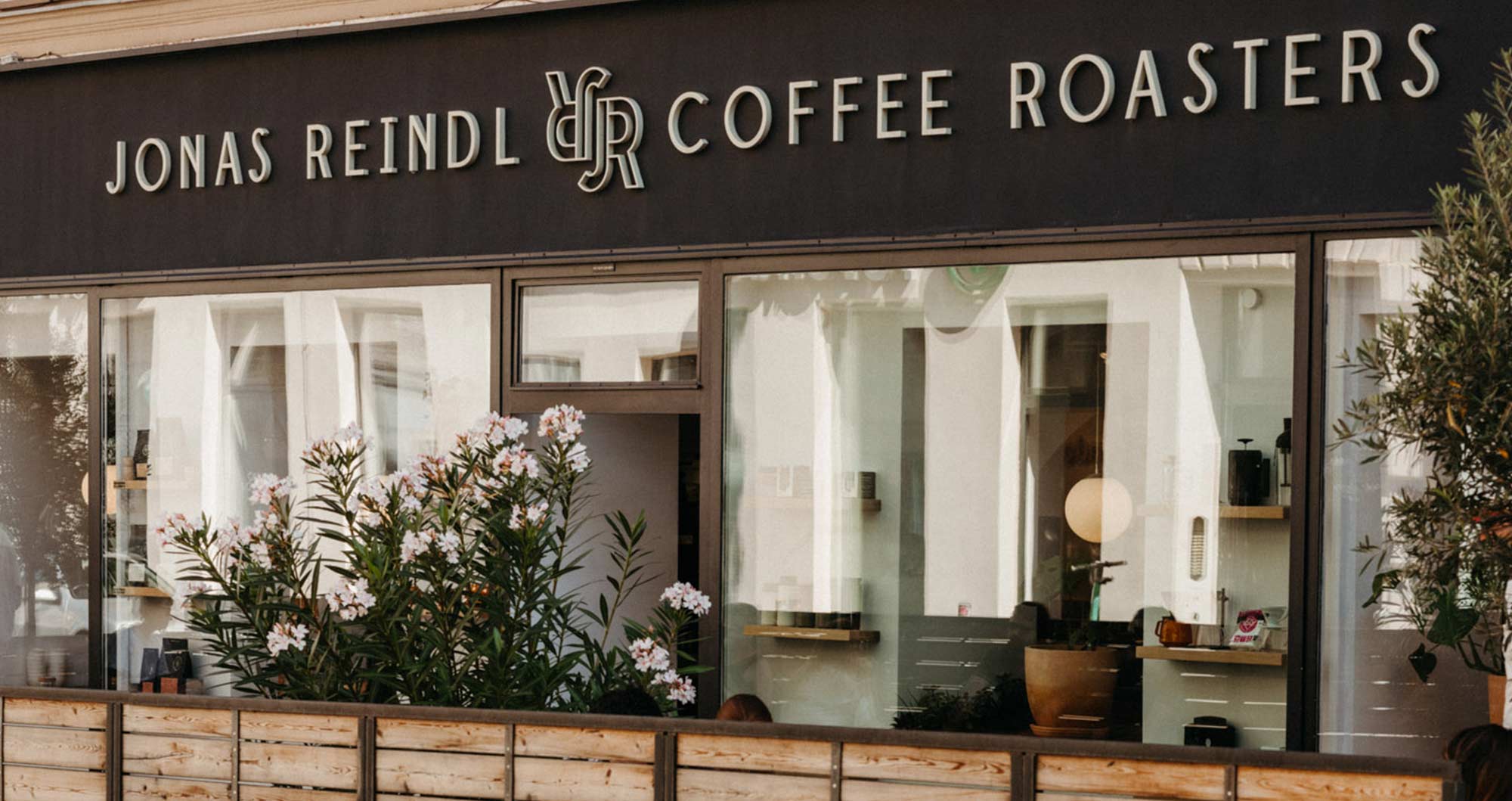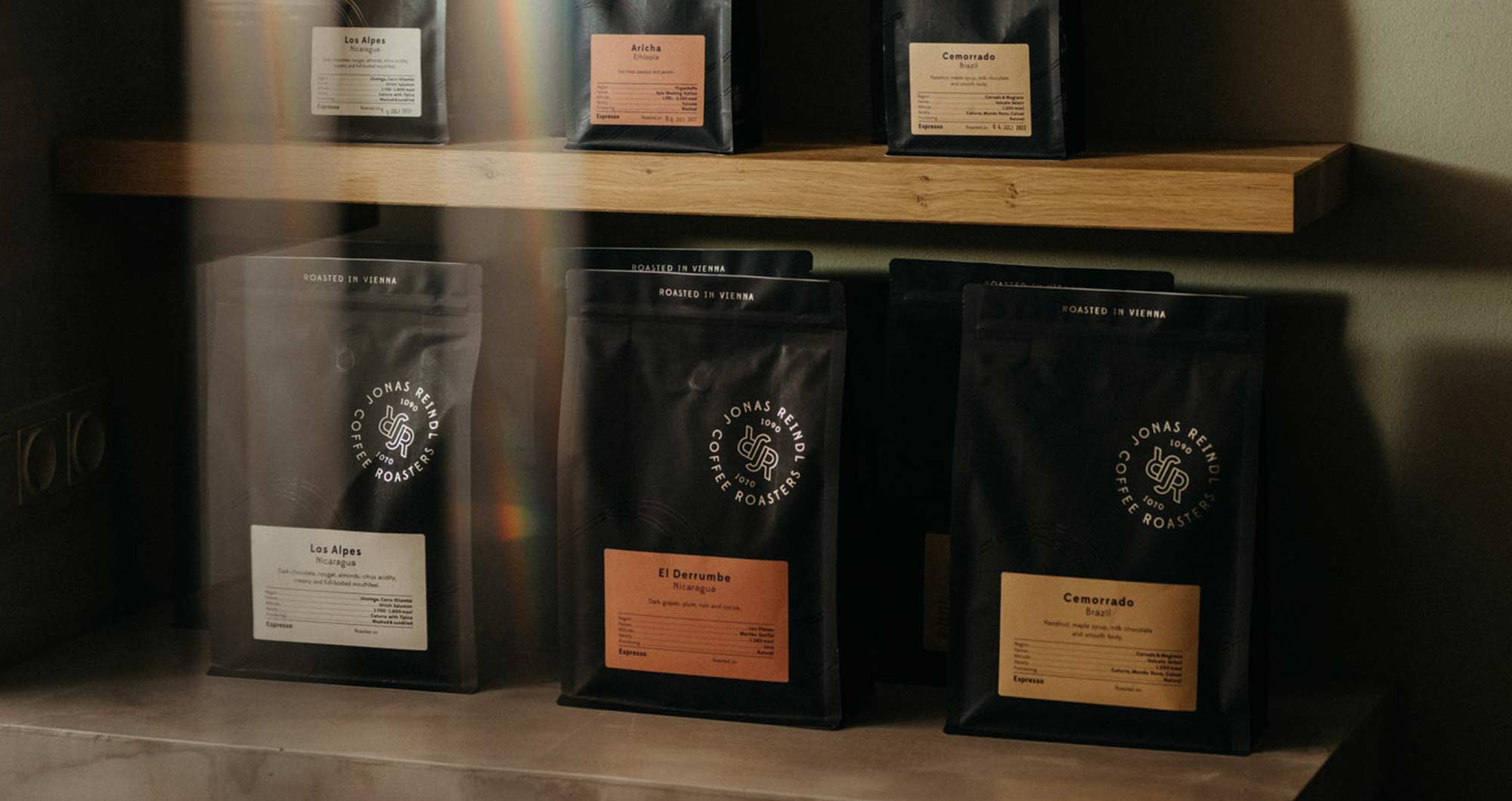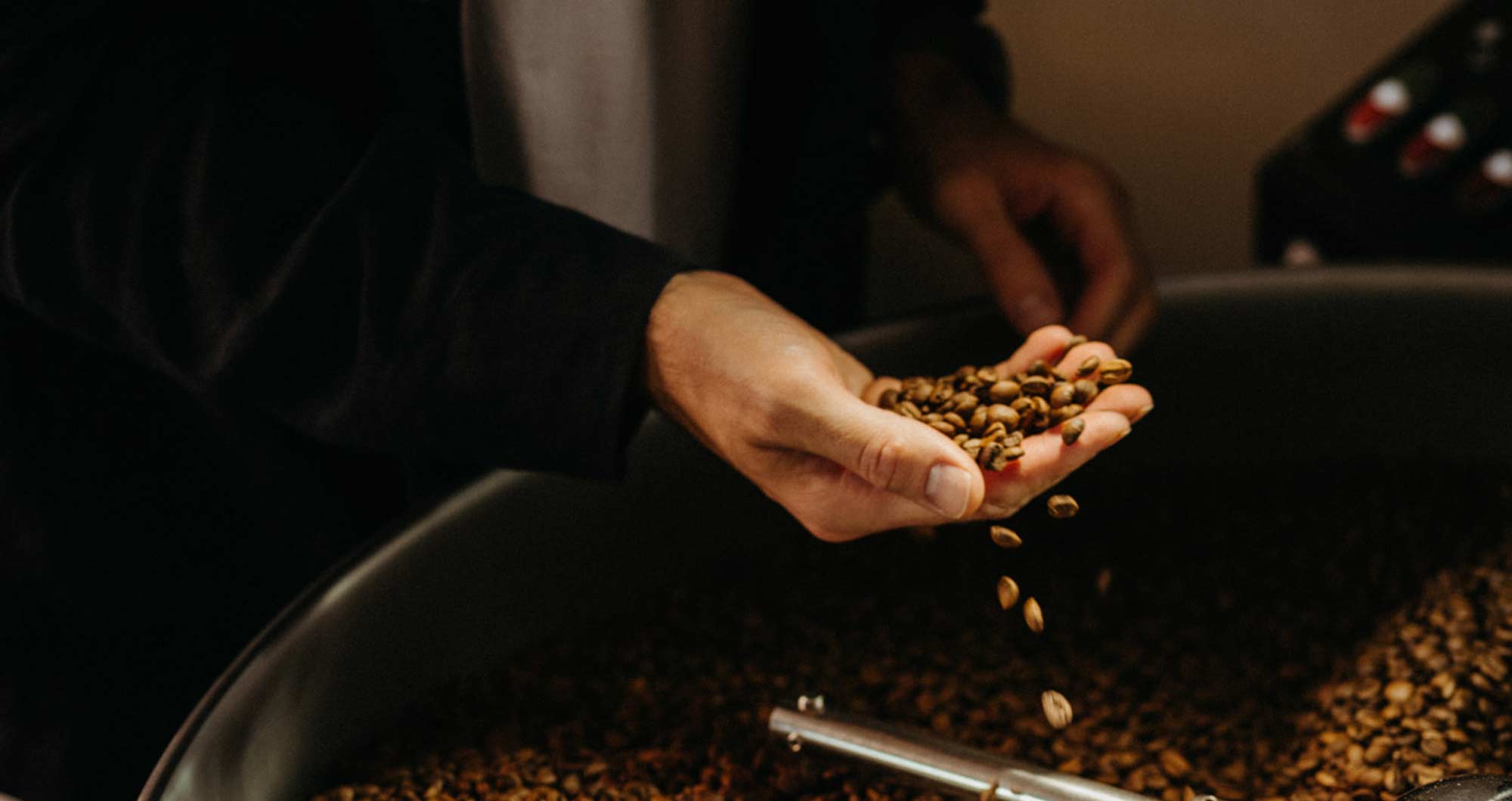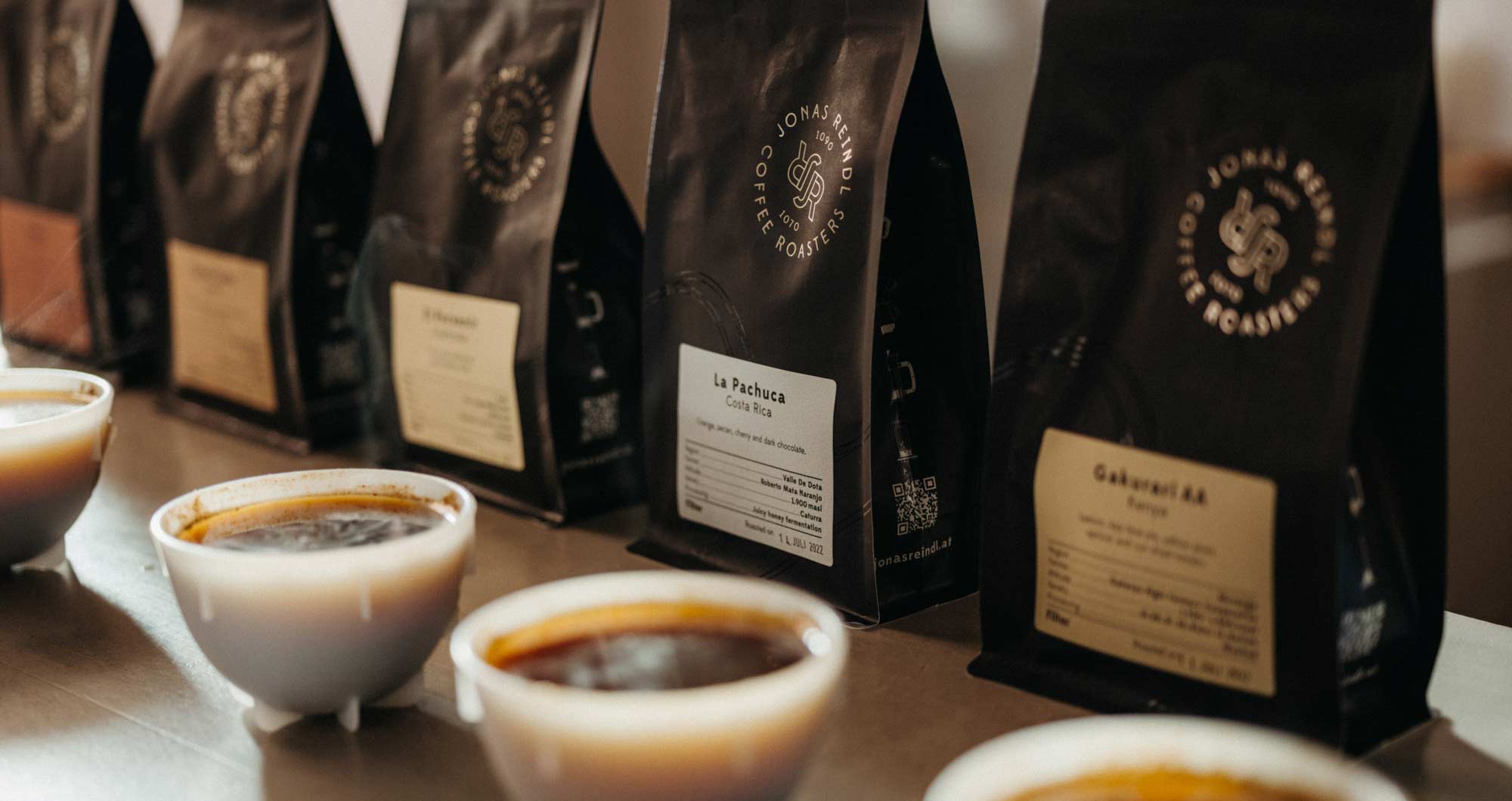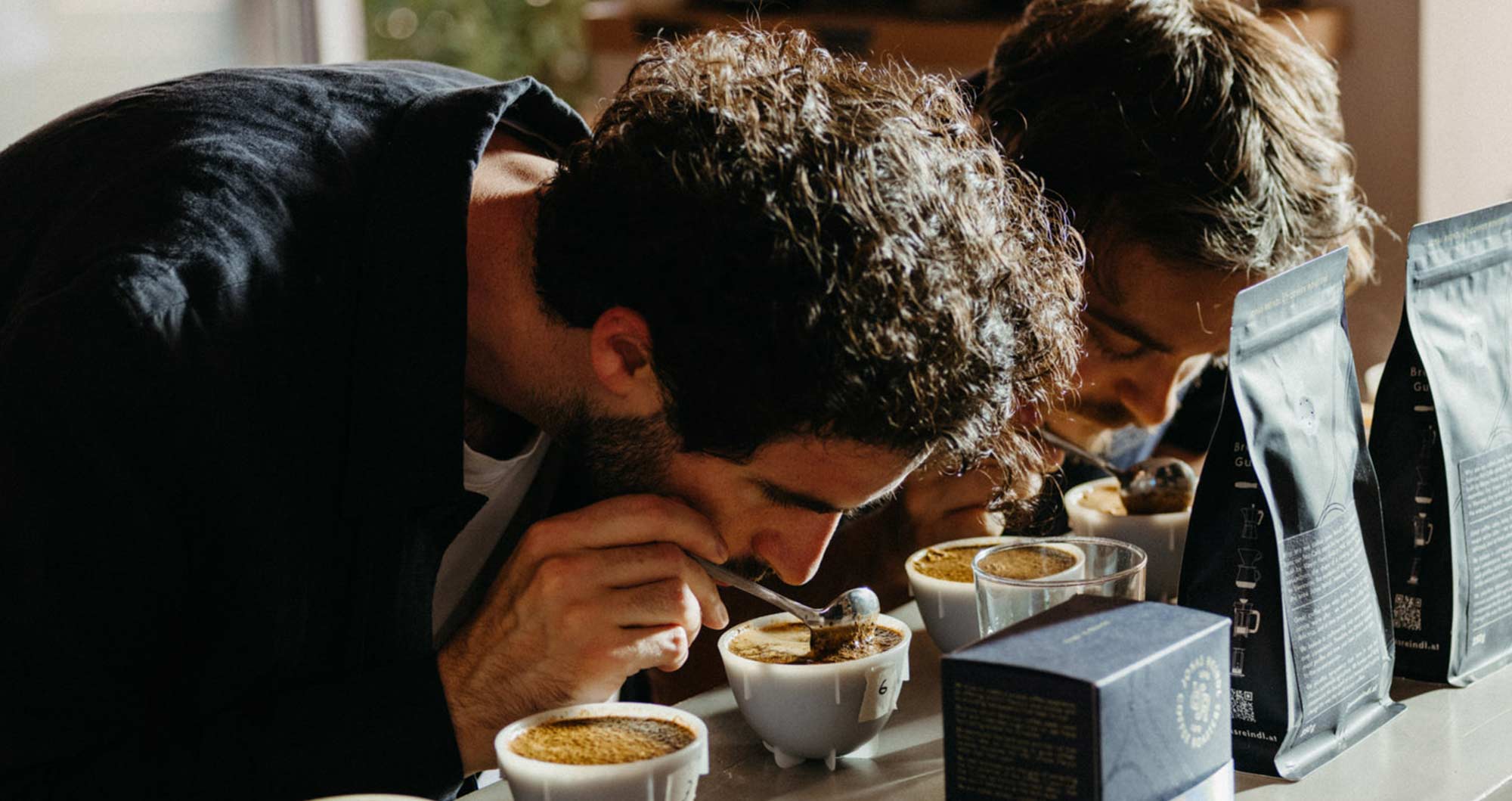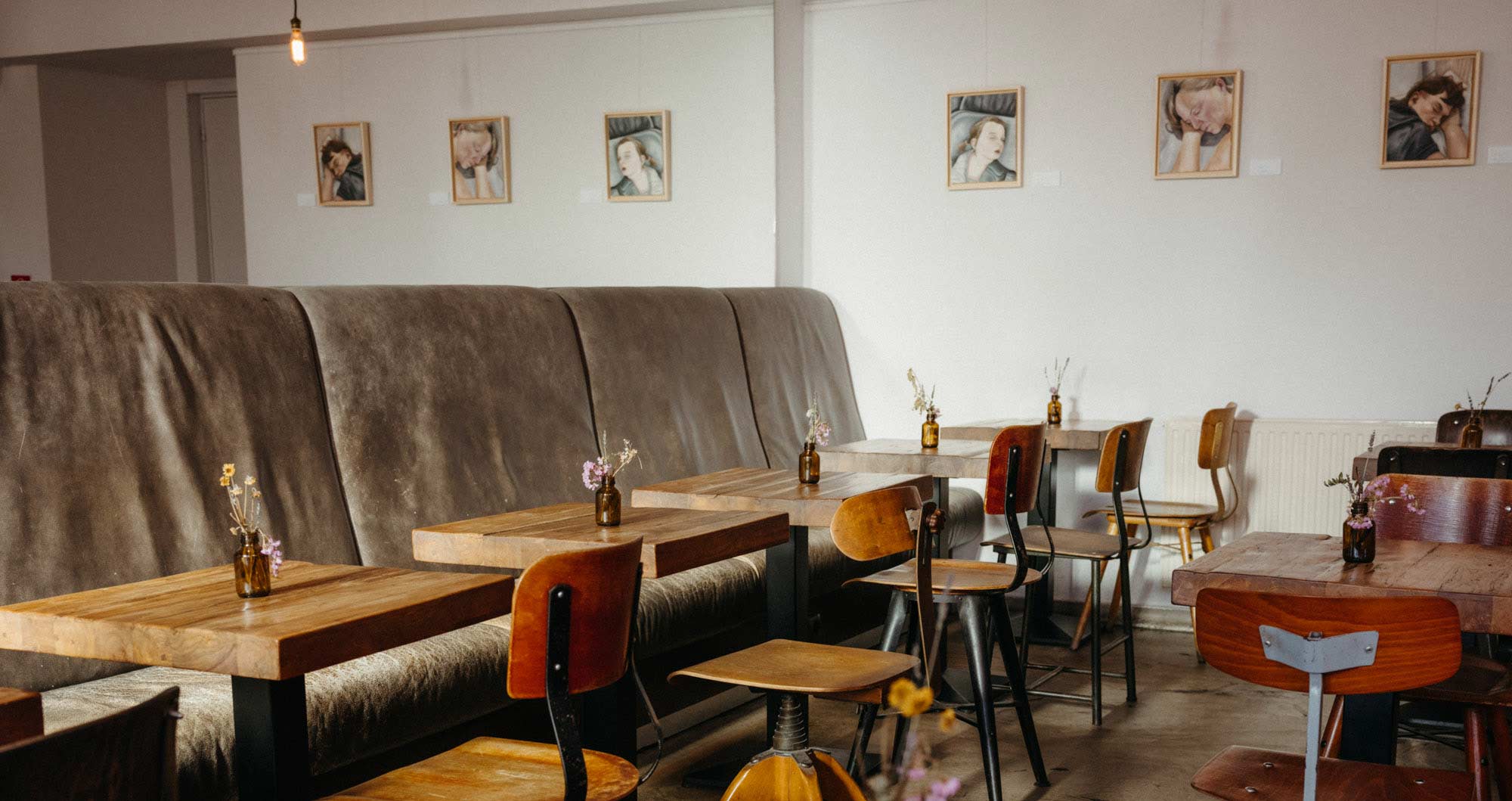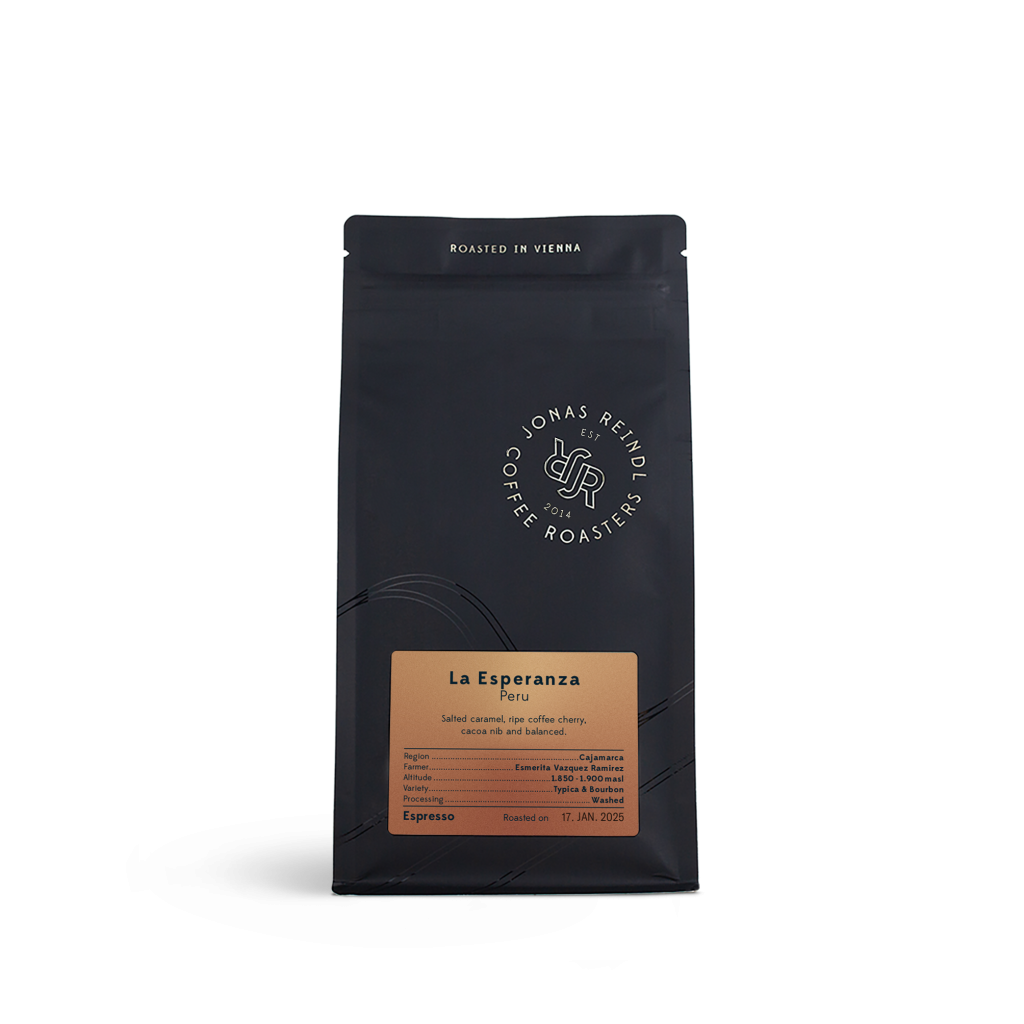
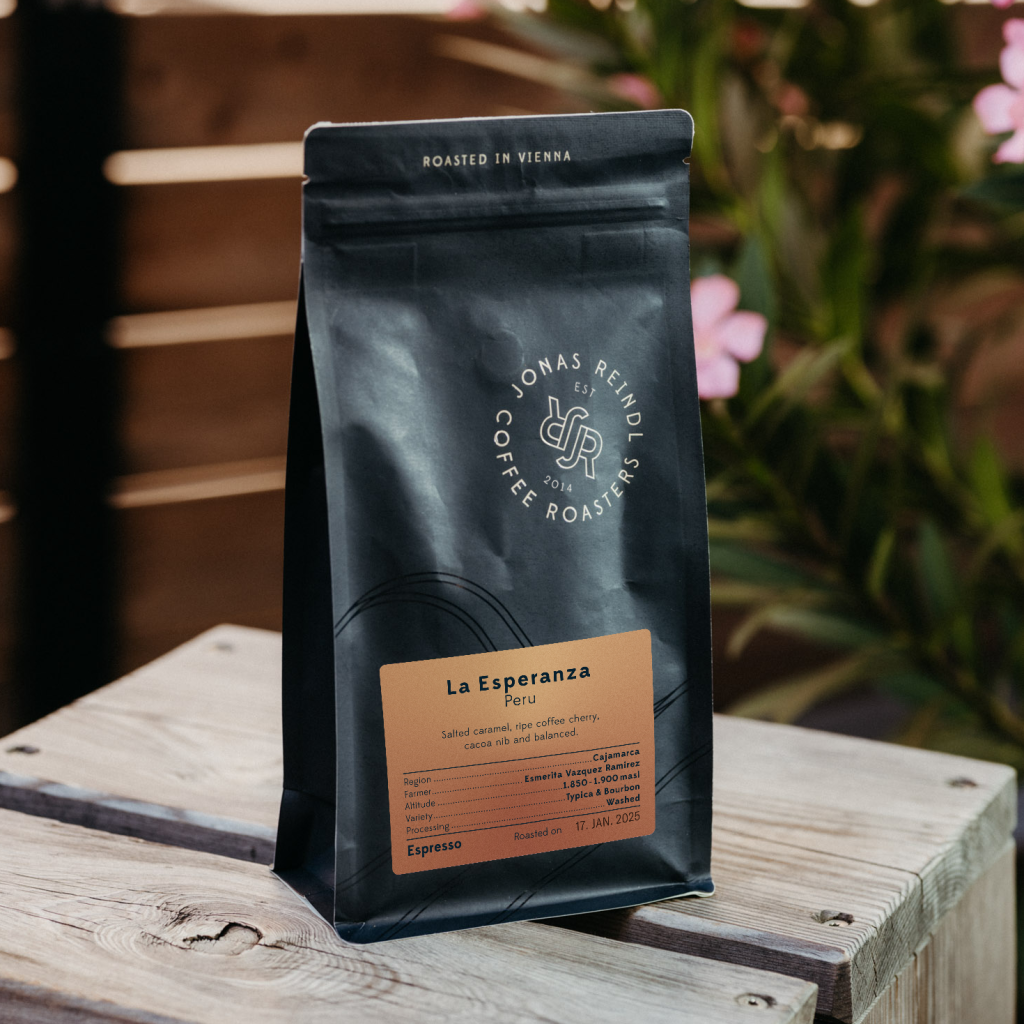
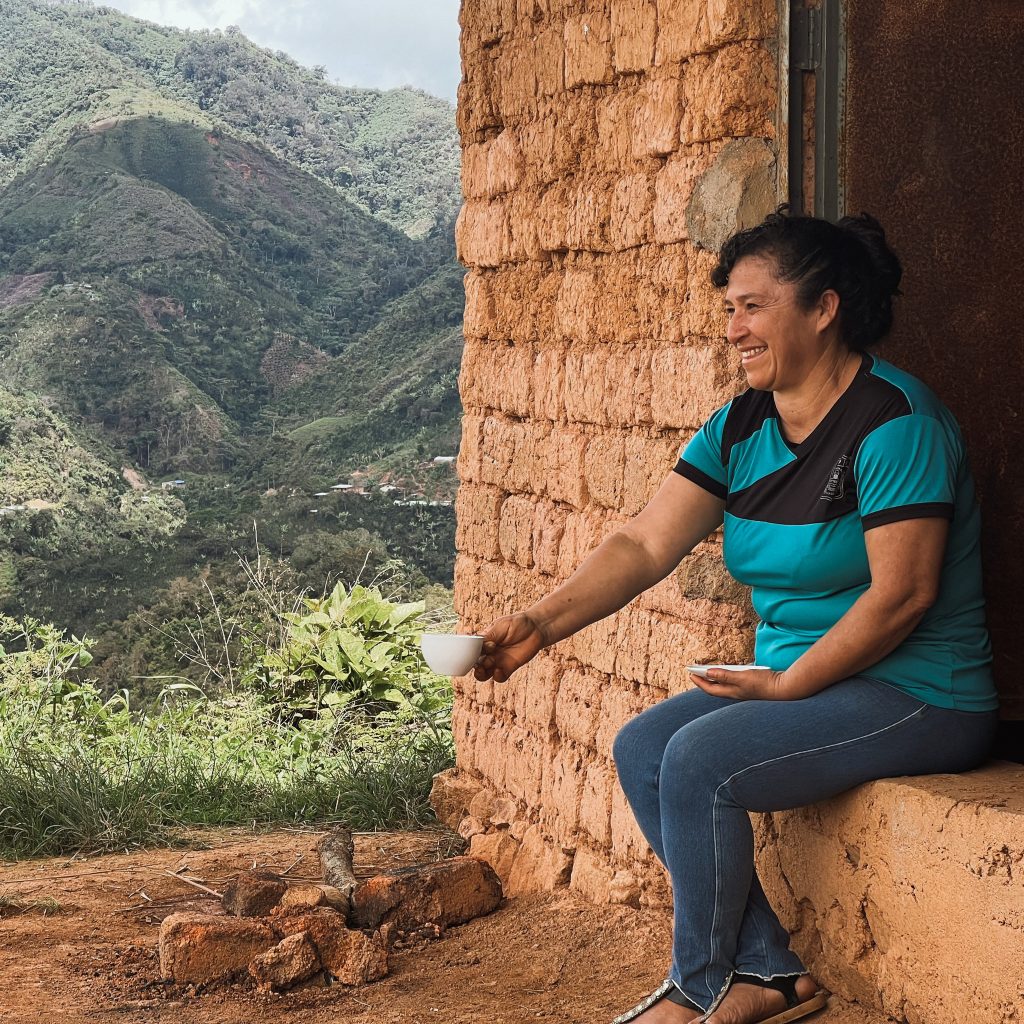
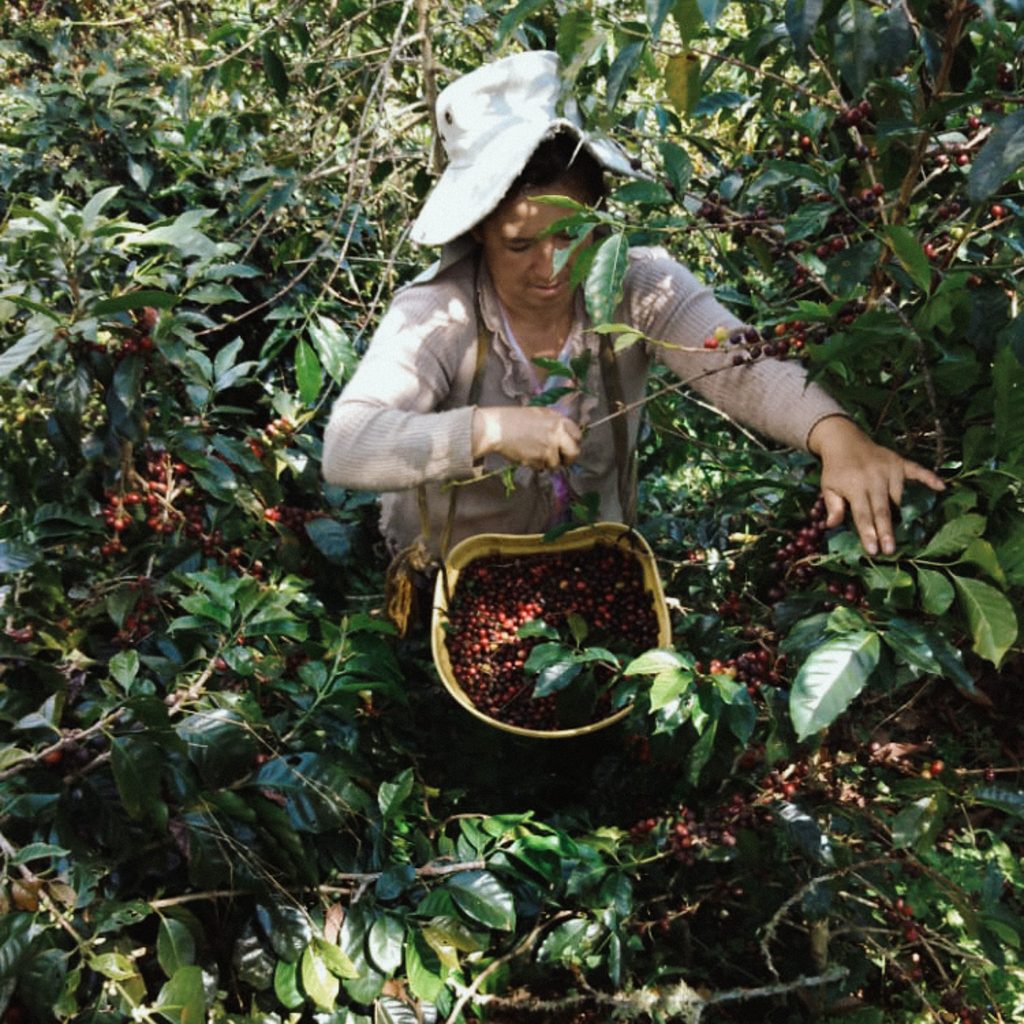
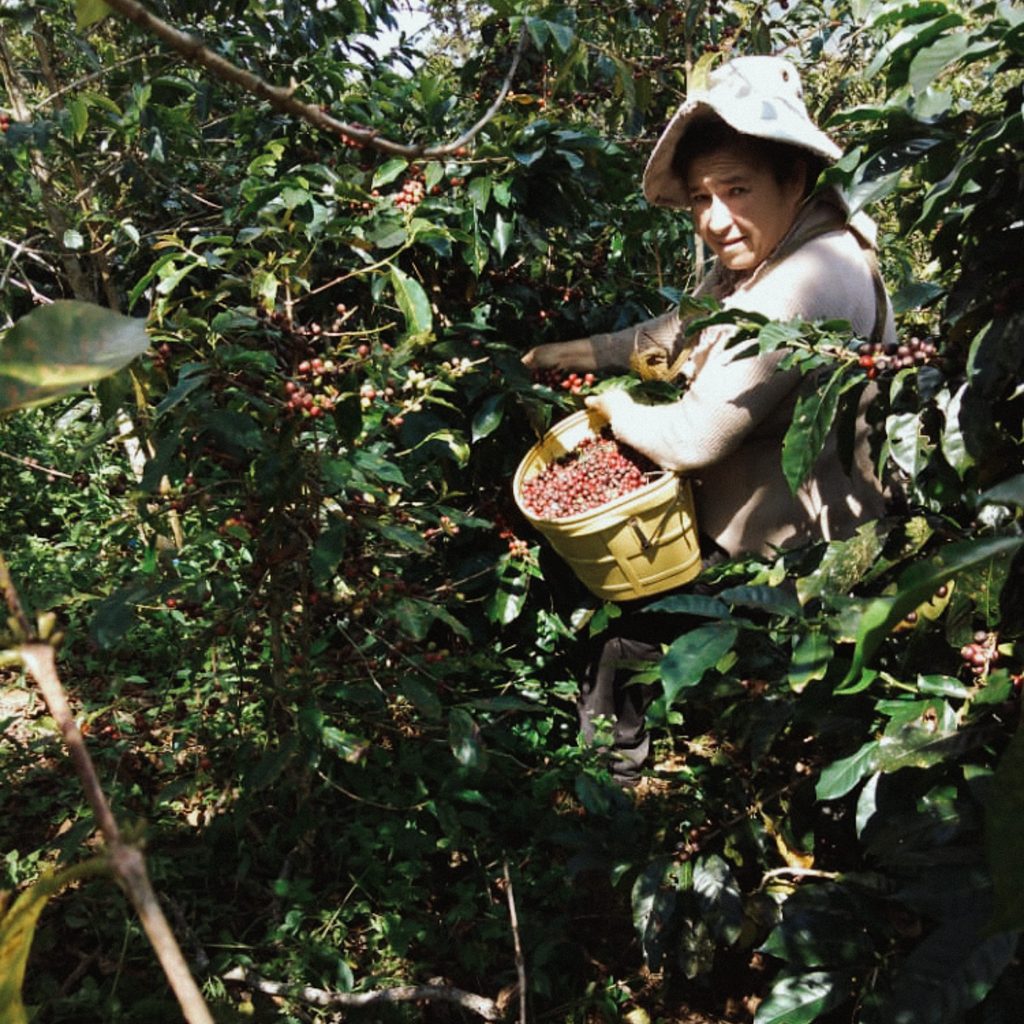
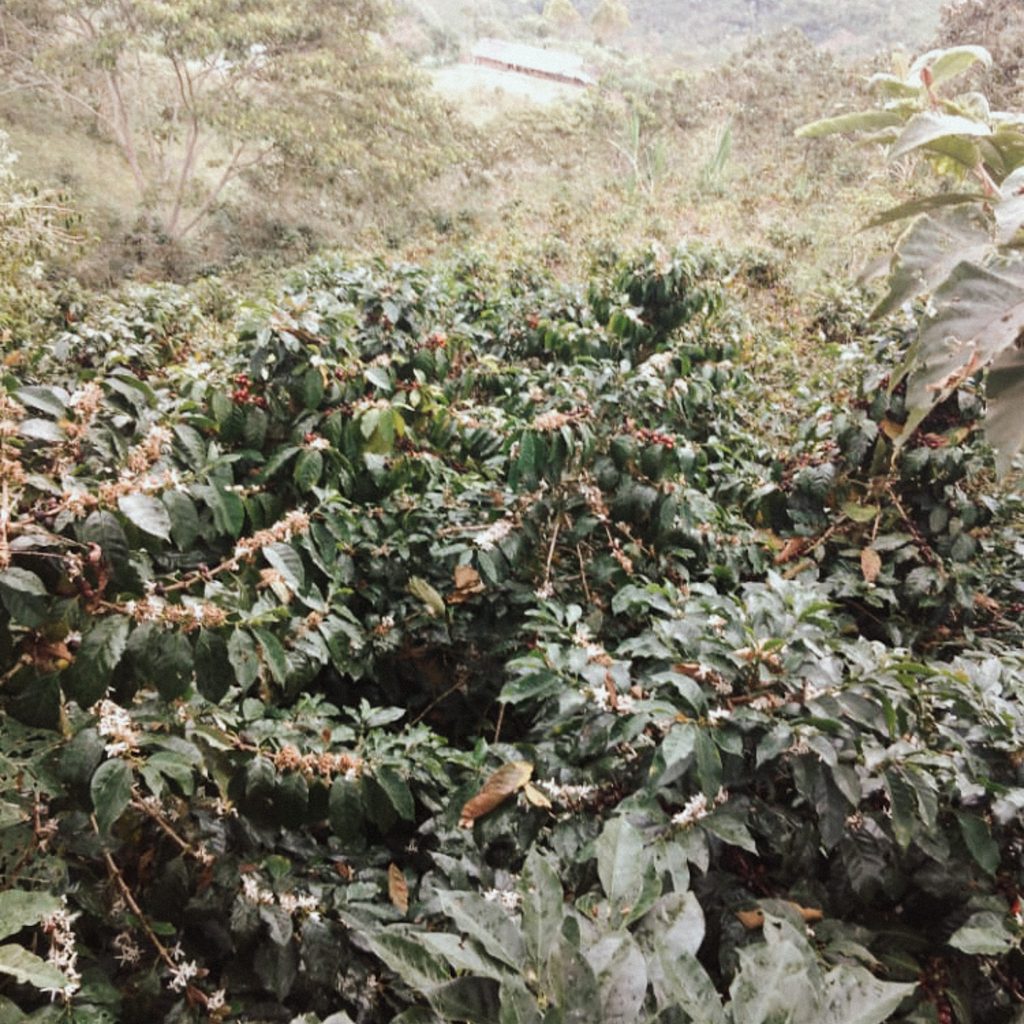
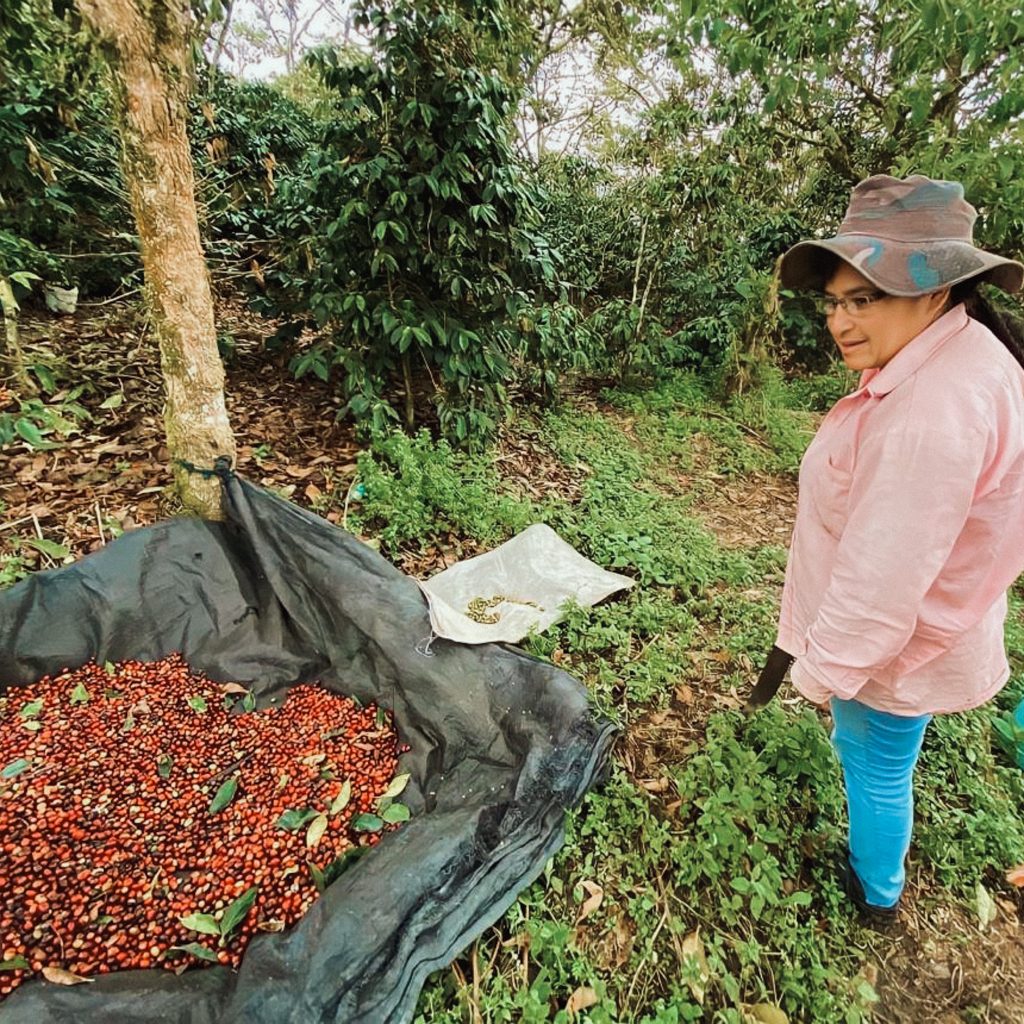
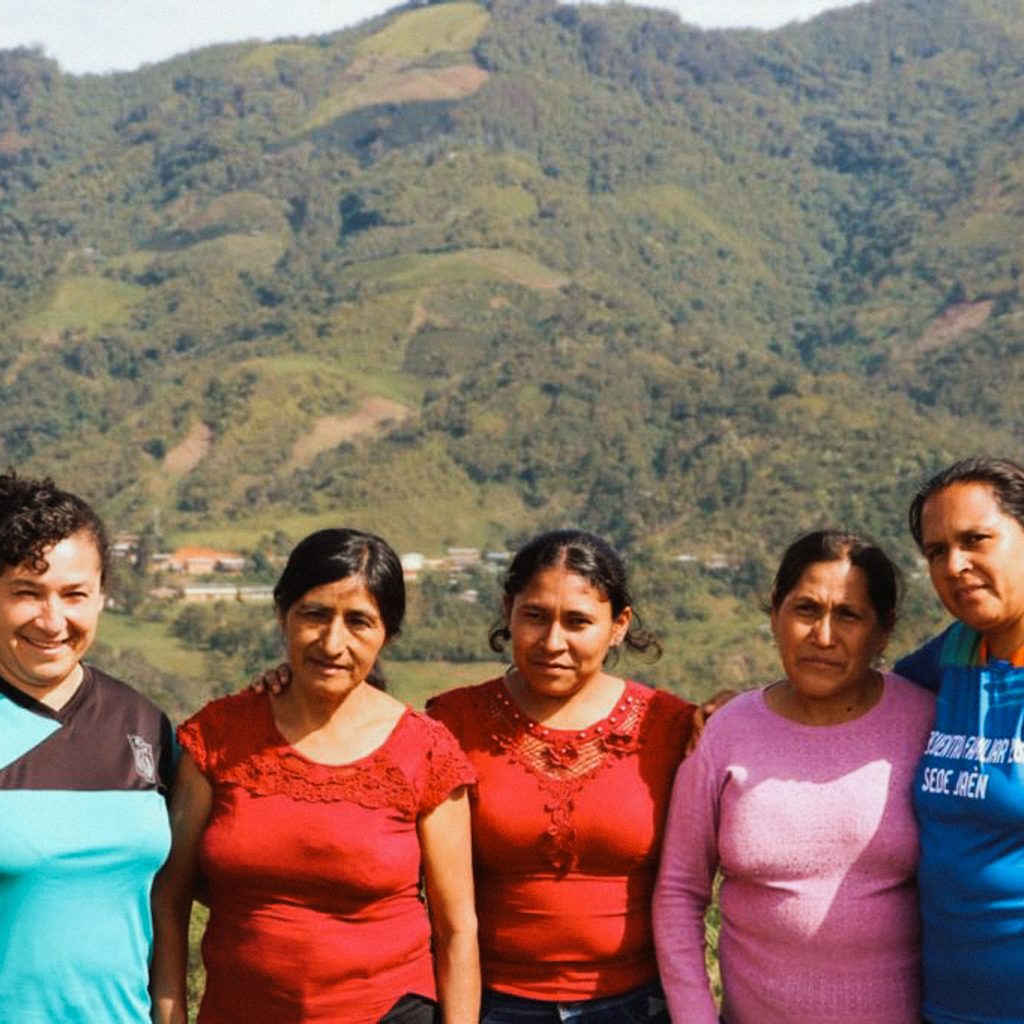
La Esperanza
€12,50 incl. VAT
Taste Profile
Salted caramel, ripe coffee cherry, cacoa nib and balanced.
Additional information
| Country | Peru |
|---|---|
| Farmer | Esmerita Vazquez Ramirez |
| Region | Cajamarca |
| Variety | Typica & Bourbon |
| Altitude | 1.850 - 1.900 masl |
| Processing | Washed |
La Esperanza
Credit: Mercanta
Our coffee is treated with care
Meticulous Quality
We hope to provide our customers with the best and therefore pay close attention to all factors affecting the quality of our coffee. These include cultivar, growing altitude, climate, soil chemistry, harvesting and processing conditions, drying method, storage conditions, transportation, roasting conditions, grind size, brewing water and brewing recipes.
Highly Curated
Each one of our coffees is carefully selected by our roasting team. Before we buy in bulk, we go through many samples from different specialty coffee estates. Often times we are working with the most renowned coffee producers in the world.
Small Batch Roasting
All our coffee is roasted in our Roastery in Westbahnstraße 13, in Vienna. We roast small batches (10kg max) because we have better control over all the parameters that impact the flavour profile and can therefore better guarantee consistency.
Ethically Sourced
We ensure traceability for all our coffees. Our house Espresso from Nicaragua is directly traded without any middle-men and when we go through a wholesaler, complete transparency is a must. We want to provide our customers with the ability to know where their coffee comes from down to the name of each farmer.




